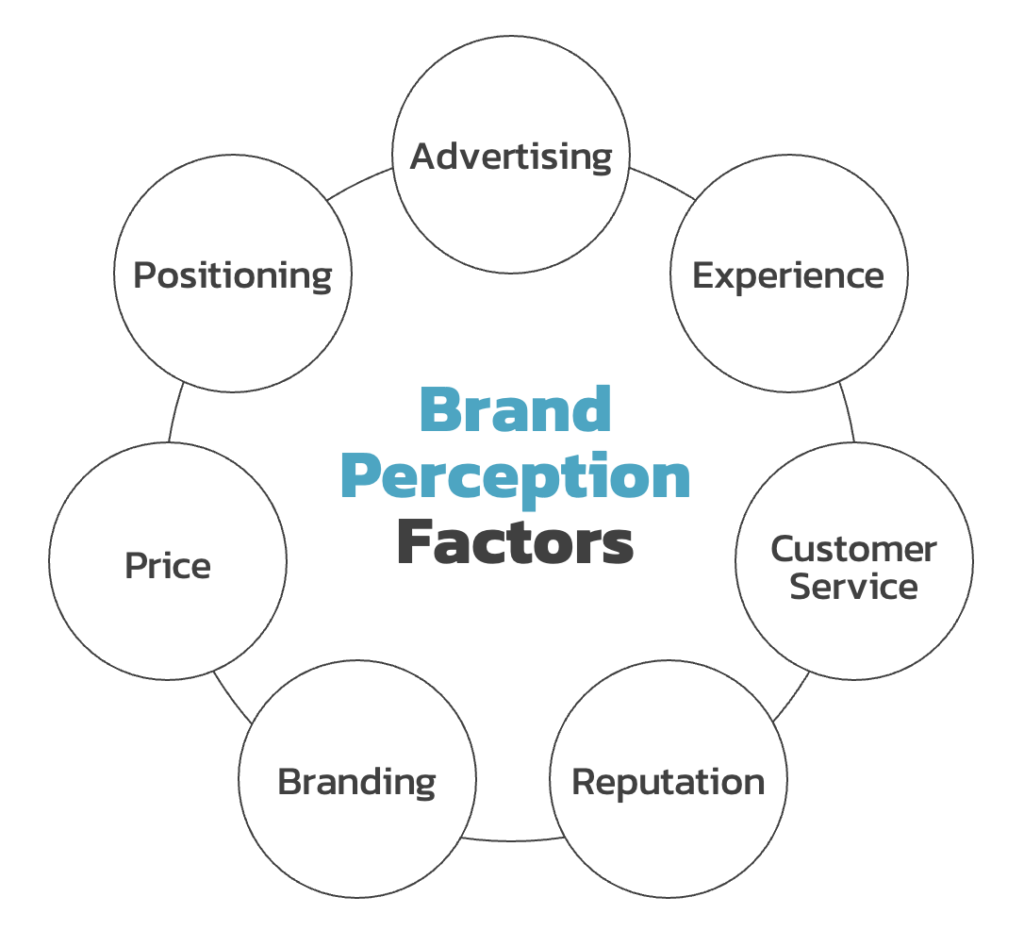Customer feedback can really influence or alter a particular tech brand’s brand image. Through structured customer insights, tech companies understand better how the brand is perceived and thus can identify the areas they need to improve upon and work to build up customer loyalty. This article considers ways through which feedback about customers can be used to manage and improve brand reputation.
Approximately 78% of customers base their trust in a brand on online reviews and feedback. Leveraging these insights can lead to a 20% increase in brand loyalty and a significant boost in customer satisfaction.
The role of customer feedback in tech brand reputation
Customer feedback is the cornerstone of building trust and credibility for tech brands. By actively listening to user experiences, companies can improve products, enhance customer satisfaction, and address pain points effectively. Feedback not only helps shape innovation but also strengthens brand loyalty, ensuring a positive reputation in a competitive market.
- Build Trust and Transparency: Feedback helps show transparency, which engenders trust among customers.
- Identify and address pain points: Through feedback insights, companies can refine their products and services.
- Improve Customer Loyalty: Satisfied customers will stay longer with your brand and be more willing to provide recommendations.
Core strategies for leveraging customer feedback in reputation management
Customer feedback is one of the most powerful ways to shape and protect your brand’s reputation. By proactively collecting and analyzing feedback, businesses can identify trends, resolve issues in a timely manner, and show that they listen. Strategies such as implementing real-time feedback systems, prioritizing customer concerns, and using insights for product and service improvement help foster trust and loyalty. Sharing success stories and showcasing your commitment to customer satisfaction further cements your brand’s credibility in the market.
Utilizing feedback to understand brand perception
Understanding how customers view the tech brand provides a roadmap for improvement. Real-time feedback mechanisms allow tech companies to understand user experiences, pain points, and expectations directly.

Collecting and analyzing customer insights
Suitable channels of data collection and analytical tools would help brands analyze patterns in customer feedback:
- Direct feedback channels: through surveys, reviews, and social media interactions, provide customer sentiments in their unfiltered form.
- Analytical tools such as sentiment analysis software and social listening tools help process large volumes of feedback quickly and accurately.
Responding to feedback for improved engagement
Active responses to both positive and negative feedback demonstrate to customers that their opinions matter. Responses should be:
- Timely: Recognize feedback on time to enhance customer engagement.
- Constructive: Address complaints with actionable solutions that demonstrate the brand’s commitment to improvement.
Implementing feedback-driven changes to strengthen reputation
Turning customer feedback into actionable improvements means creating a strong, trustworthy brand reputation. In this manner, businesses should show concern by responding to worries and implementing suggestions. Analyzing the trend of the feedback itself, prioritizing impactful changes, and then communicating transparently about updates will serve businesses well. Proactive changes to customer input not only improve the product and service on offer but also build loyalty and trust that breeds positive word-of-mouth.
Improving customer experience with targeted adjustments
Feedback-driven product or service changes meet customers’ expectations and develop a reputation for quality and reliability. Herein, technology companies can focus on the following areas:
- Product improvements: Refine product features using customer input.
- Service adjustments: Tailor support and service approaches to meet identified customer needs.
Incorporating customer-centric practices
Incorporating customer-centered improvements into a brand’s business model reinforces the brand’s value in the tech industry. By aligning strategies with customer expectations, companies can:
- Differentiate from competitors: Brands focused on customer satisfaction have an edge over competitors.
- Foster customer loyalty: Loyal customers are more likely to advocate for the brand, enhancing reputation through word-of-mouth.
Optimizing feedback loops for ongoing reputation management
Efficient feedback loops ensure continuous improvement and a strong brand reputation. By consistently collecting, analyzing, and acting on customer insights, businesses can stay aligned with evolving expectations. A well-optimized feedback loop fosters transparency, strengthens customer relationships, and supports long-term trust and loyalty.
Utilizing customer insights for continuous improvement
Continuous feedback loops help ensure sustained improvement in customer satisfaction, with further enhancement of brand reputation. Periodic evaluation of feedback helps tech brands remain aligned with changing customer preferences.
Feedback loop optimization techniques
To optimize the feedback loop, tech brands should:
- Solicit feedback regularly: Make feedback mechanisms available for customers to voice experiences.
- Institute review cycles: Schedule periodic reviews of feedback accumulated to effect timely adjustments.
Solution-focused approaches to feedback-driven reputation management
An approach to reputation management with an objective of solutions emboldens technology brands in converting challenges into opportunities. Some useful solutions include:
- Feedback goals: Setting specific, intended goals for both amassing and utilizing customer feedback.
- Feedback protocols: Mapping out ways to deal with various categories of feedback.
- Brand culture responsive: Ultimately, the brand culture should respond to ensure satisfaction by way of prioritization of customer satisfaction and responsiveness.
Conclusion
Reputation management through customer feedback is best done in a very active manner. Through the extraction of valuable insights from customer experiences, tech companies can enhance brand image, create customer loyalty, and evolve with changing customer expectations. Ongoing engagement and feedback-driven approaches are therefore considered crucial in building a positive brand reputation in technology companies.





Leave a Comment